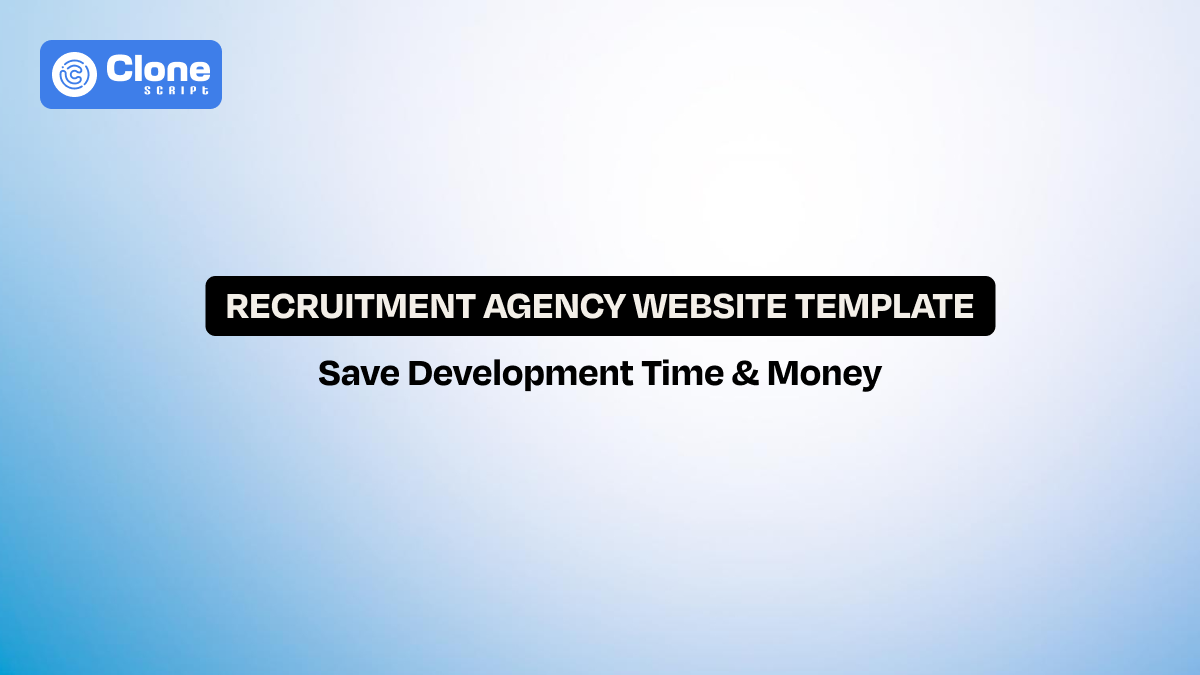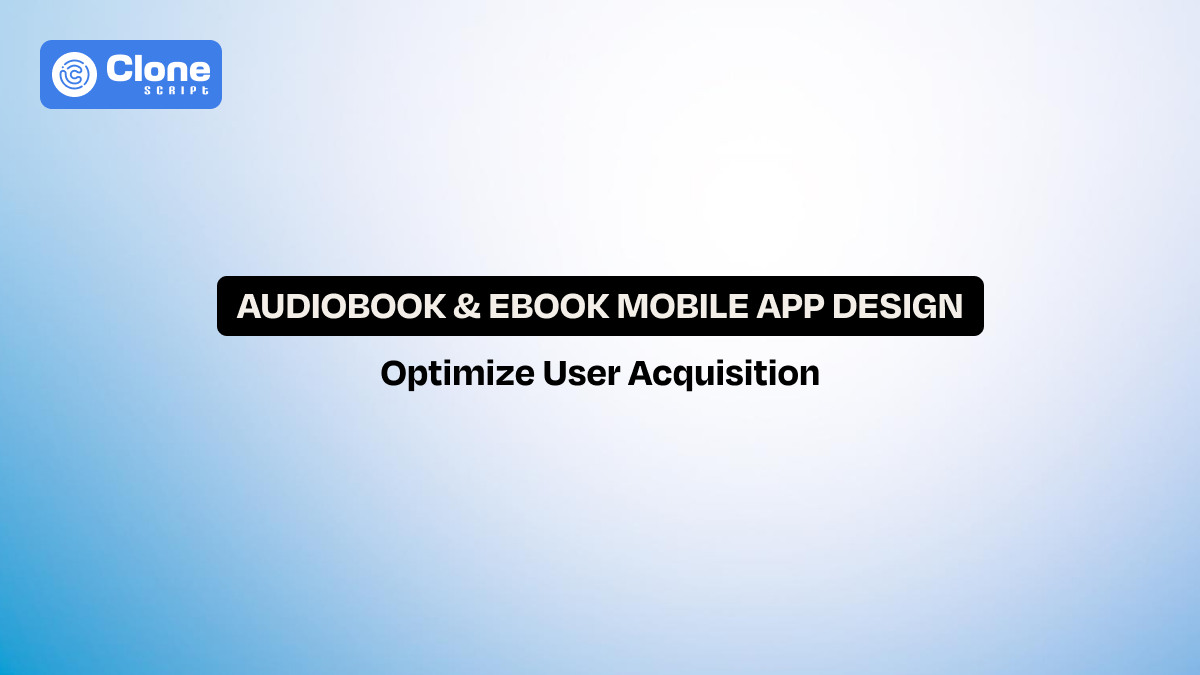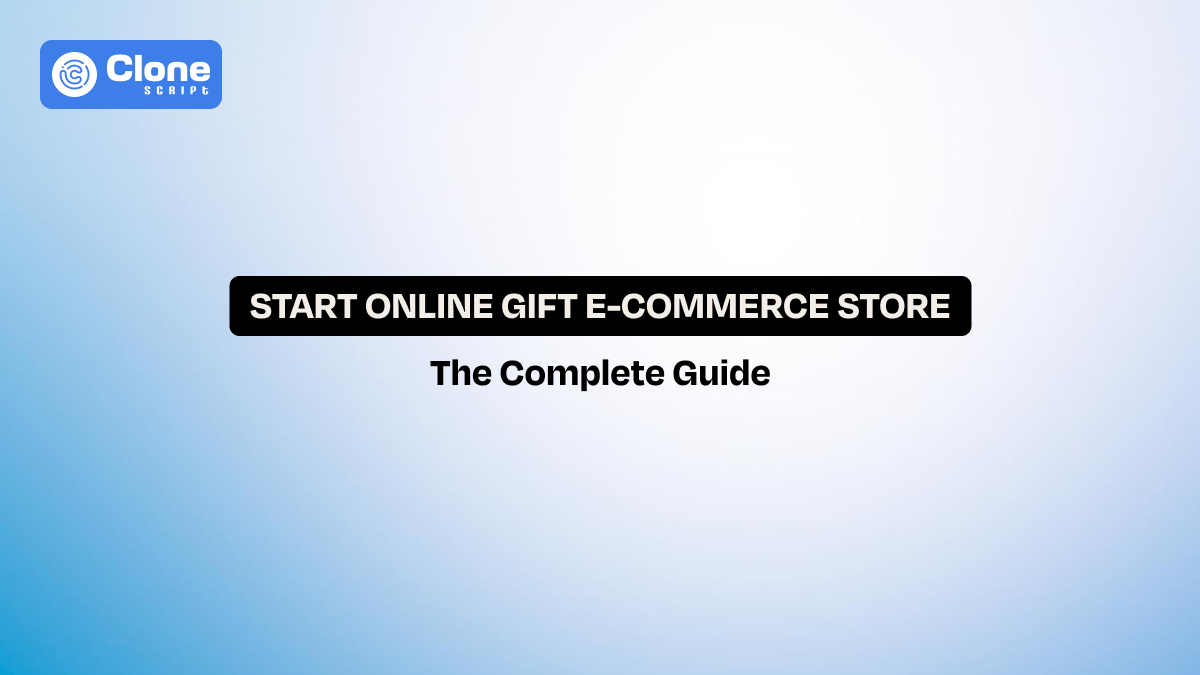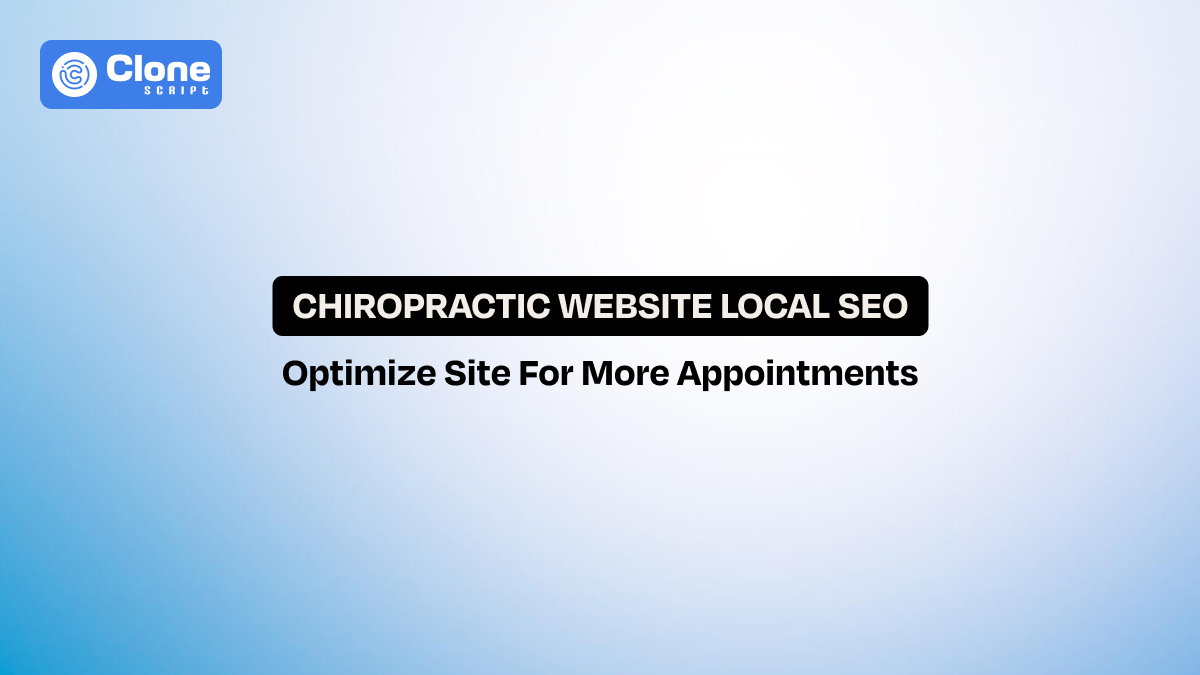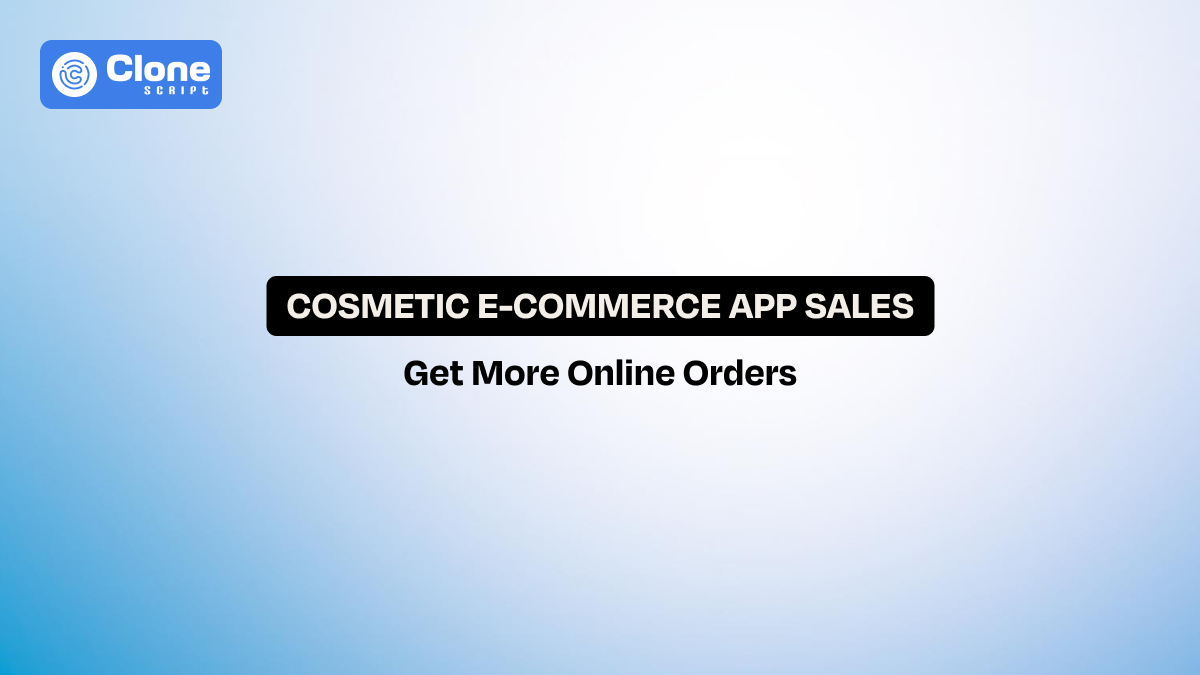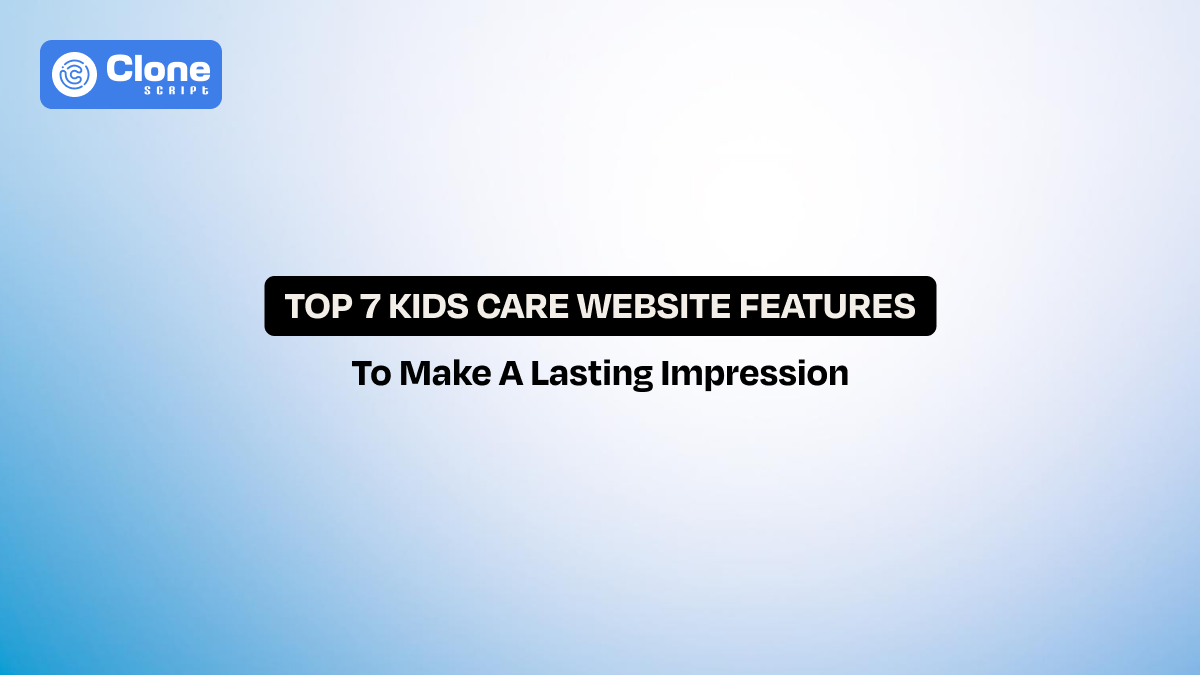Why a Ready-Made Recruitment Agency Website Template Saves Time & Money
If you’ve worked with clients in the recruitment industry, you’ve probably heard this before:
“We need a modern career website design that looks great, works fast, and doesn’t cost a fortune.”
Recruitment firms are under pressure. With rising competition, they must attract both job seekers and employers while operating on lean budgets.
As a developer, you could build a custom recruitment agency website from scratch. But here’s the reality:
-
Custom development takes weeks (or months).
-
It costs thousands of dollars.
-
Recruiters often can’t wait that long.
This is why affordable website solutions like ready-made templates are gaining traction. Instead of reinventing the wheel, developers can deploy pre-designed job portal websites that already include the features recruiters need.
In this guide, we’ll explore what makes a recruitment website template valuable, compare it against custom builds, and highlight why it’s a cost-effective UI design choice for developers and agencies alike.
What Is a Recruitment Agency Website Template?
A ready-made recruitment agency website template is a pre-built, customizable framework designed specifically for staffing firms, headhunters, and job portals.
Unlike multipurpose templates, these solutions cater to the unique workflows of job onboarding agencies, offering the following:
-
Dedicated job listing pages with sorting and filtering tools.
-
Employer dashboards for managing postings.
-
Candidate profiles and resume uploads.
-
Application tracking layouts to streamline hiring.
-
Mobile-first career website design for modern job seekers.
For developers, this means no need to build basic components like job posting forms, profile systems, or filtering functions from scratch. Instead, you get a pre-designed job portal website where these essentials are already in place. It leaves you to focus on custom branding, integrations, and added features.
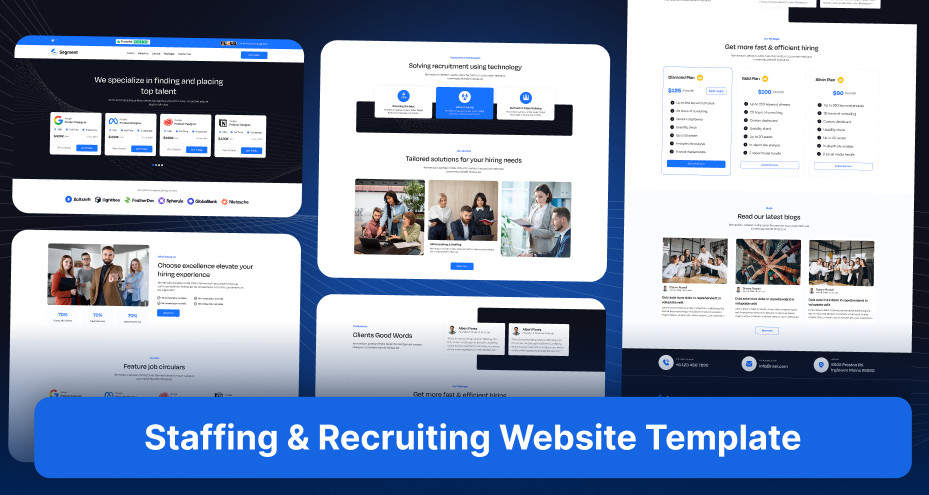
Example: The Segment a Staffing and Recruiting website template is built with modern front-end tools like HTML5 + Tailwind CSS. This offering gives recruiters everything they need while saving developers weeks of coding.
5 Advantages of Using a Website Template in Development
Here’s why developers and recruiters alike are emphasizing a web development agency to use website templates:
1. Faster Development Cycles
A fully custom website development build might take 6–12 weeks from planning to deployment. With a ready-made website template, developers can deliver in 7–14 days. The time saved means developers can take on more clients or dedicate extra hours to custom functionality rather than repetitive tasks.
2. Cost-Effective Recruitment Agency Website Design
A personalized career website design can easily cost $3,000–$15,000+. Templates slash costs by 70–90%, giving recruiters high-end results at entry-level pricing. Developers also reduce their workload, meaning they can offer tiered pricing packages that attract more budget-conscious clients.
3. Professional Career Website Design
Recruiters want to compete with major job boards like Indeed, Monster, and LinkedIn. Website templates offer polished, industry-grade layouts that even smaller firms can look and perform like enterprise players. This not only elevates client satisfaction but also enhances your portfolio as a developer.
4. SEO-Friendly Foundation
Clean HTML5 layout, semantic markup, and lightweight frameworks like Tailwind CSS give templates a technical SEO edge. Many templates include structured data support for job postings, helping listings appear in Google Jobs. For developers, this eliminates the need for extensive rework later in the project.
5. Scalability & Flexibility
Premium website templates aren’t rigid. Developers can add APIs, integrate ATS (Applicant Tracking Systems), or expand functionality with minimal disruption. This flexibility makes them suitable not just for small agencies but also for scaling recruitment firms.
Why Templates Are Perfect for Small and Mid-sized Recruitment Agencies?
Recruitment is a fast-moving industry where speed-to-market and affordability are critical. Agencies don’t just need websites—they need tools that directly support their operations.
Here’s why templates save time and money for recruiters:
-
Rapid Deployment: Agencies can launch in as little as one week, staying ahead of competitors. They don’t have to wait months to get their job board platform. The live site will be handed over to them while developing with the template.
-
Lower Costs: Instead of spending thousands on various parts of development like UI/UX design, frontend, and redesign, they invest a minimal cost. They still get enterprise-grade features through customization possibilities in the template.
-
Candidate Attraction: A sleek, mobile-friendly career website design improves engagement and application rates. After all, the success rate of a job board portal depends on how easily candidates can find relevant positions to suit their career through the website.
-
Operational Efficiency: Paid templates built with modern tech stacks like React, Tailwind CSS, and Bootstrap often come with job management systems. It means recruiters don’t have to rely solely on third-party platforms.
-
Future-Proof Investment: Small and mid-sized online job agencies can upgrade templates as they grow by adding more features. This makes it a long-term solution at a minimal cost.
For developers, this creates a win-win scenario: quicker launches, happier clients, and ongoing maintenance opportunities.
Here’s the comparison between two methods for recruitment website development.
Recruitment Platform Development Cost Comparison: Website Template vs. Custom Development
Numbers highlight the real gap between custom builds and template-based solutions for recruiting agencies.
Aspect |
Custom Development |
Website Template |
|---|---|---|
|
Development Time |
6–12 weeks |
$49 – $499 |
Cost |
$5,000 – $15,000+* |
$49 – $499* |
|
Customization |
Full but expensive |
Flexible, affordable |
|
Maintenance |
Ongoing, developer-dependent |
Easier and low-cost |
|
SEO Optimization |
Manual setup required |
Pre-optimized framework |
|
Risk |
High (budget overruns, delays) |
Low (ready-to-launch) |
* The cost is only for frontend development.
From a developer’s perspective, templates enable you to serve clients across different budget ranges while maintaining profitability.
8 Staffing Agency Website Template Features to Prioritize
As a developer, you need to carefully evaluate whether a template includes both must-have features for recruiters and the flexibility you’ll need for customizations. Here are the essential elements to look for:
1. Job Posting & Listings
The main element of any recruitment website template is its ability to showcase jobs effectively. Look for templates with structured job categories, tags, and dedicated job detail pages. A clear, well-organized job board reduces bounce rates and improves the candidate experience.
Example: Templates that allow recruiters to create multiple categories (IT, finance, healthcare, etc.) help agencies manage diverse industries with ease.
2. Advanced Search & Filters
Candidates should be able to quickly find relevant roles. Advanced filtering by location, job type, experience level, and salary range is critical for usability.
From a developer’s perspective, templates with built-in filtering logic save time. Otherwise, spending on coding tasks to manage complex search functions from scratch is challenging to complete the web development project within a timeline.
3. Responsive Career Website Design
With over 60% of job seekers applying via mobile devices (source: Glassdoor), responsiveness is non-negotiable. A mobile-first design guarantees that jobs, forms, and dashboards look sharp across smartphones, tablets, and desktops.
Developers should also test for cross-browser compatibility to avoid rendering issues. Usually, free templates have issues like lags and poor UX, but premium website templates are well optimized, and they need just backend integration to work smoothly.
4. Employer & Candidate Dashboards
Dual dashboards in the template provide dedicated spaces for each audience:
-
Employers can post jobs, review applications, and manage listings. This will help them manage their hiring process in a centralized manner without any interruption.
-
Candidates can create profiles, upload resumes, and track application status. It can be helpful for them to know where and when to apply for the relevant jobs further.
This separation not only improves UX but also reduces backend complexity for developers since permissions are pre-structured in a good template.
5. Resume Uploads & Applications
An effective career website design must support easy resume uploads, cover letters, and application submissions. Look for templates that allow multiple file formats (PDF, DOCX, etc.) and cloud storage integration for scalability.
For developers, templates with secure file handling and validation save time and reduce risks of corrupted or oversized uploads.
6. Integration Ready
Recruitment agencies rely heavily on third-party tools. The best templates are integration-ready, meaning they support:
-
ATS (Applicant Tracking Systems) for streamlined hiring. To track the status of job applications, this system notifies both employers and candidates prominently.
-
CRM systems for candidate and client relationship management. For discussing job roles, payout, and other important details, a platform’s centralized system works tirelessly.
-
API connections for job boards like Indeed or LinkedIn. Managing the data securely helps developers make the platform error-free.
This reduces the need for custom API development, saving both time and cost.
7. Custom Branding Options
Every agency wants a unique identity. Templates should support flexible color schemes, typography, and logo placements so developers can deliver personalized career website designs.
Advanced templates may also include drag-and-drop customization options or modular layouts. It gives developers more control with less code optimization.
8. Security & Performance
Recruitment websites store sensitive data like candidate resumes, personal details, and employer information. Look for templates with:
-
SSL support for secure data transfers.
-
Optimized CSS & JS for fast page loads.
-
Protection against SQL injection & XSS attacks.
Performance matters for SEO, too. According to Google, sites that load within 2 seconds retain visitors 50% longer. A template with clean, optimized code gives better rankings and user satisfaction.
How to Get Started Quickly with a Website Template?
If you’re a developer, deploying a pre-designed job portal website can be done in just a few steps:
-
Choose the Right Template: Pick a recruitment website template built with modern frameworks like Tailwind CSS for speed and scalability.
-
Set Up Hosting & Configuration: Install the template on a suitable server environment. Configure databases if job posting systems are included.
-
Customize Branding: Update logos, typography, and color schemes to align with the agency’s brand. Here, everything is included from the required UI/UX design change to the frontend website development.
-
Configure Job Listings: Add relevant job categories according to business segments, enable advanced filtering, and set up employer posting workflows.
-
Optimize SEO & Performance: Implement job schema markup and compress assets to analyze the user experience. Check the HTML code follows the necessary practices recommended by Google and most of the famous search engines.
-
Testing & Launch: With QA & testing, check responsiveness, browser compatibility, and test workflows (candidate registration, job application forms) before going live.
This structured workflow not only offers speed and quality but also allows developers to create repeatable processes for future clients.
Conclusion
For developers, adopting a ready-made recruitment agency website template isn’t just a shortcut—it’s a strategic move.
-
It delivers cost-effective website designs that satisfy client needs.
-
It reduces turnaround times, helping developers manage multiple projects efficiently.
-
It offers recruiters professional, SEO-ready websites without the heavy costs of custom builds.
If you’re searching for the best templates for recruitment websites, AllClone Script has multiple premium template designs across the latest frontend frameworks like Tailwind CSS, Bootstrap, and React. Also, we have a WordPress theme, too.
FAQs
- What makes a recruitment website template better than a multipurpose theme?
It’s designed with industry-specific features like job boards, application systems, and recruiter dashboards. These things are usually not available in generic themes and come with zero cost.
- Can templates handle high-traffic job portals?
Yes. Templates built with lightweight frameworks like Tailwind CSS are optimized for performance and can scale with traffic growth. For that, your backend development has to be optimized properly.
- Do staffing agencies lose flexibility by choosing templates?
No. Templates provide a robust foundation while still allowing deep customization and third-party integrations. Changing the logo to UI design and adding functionality can be done with the help of professional web developers.
- How do templates save money for recruiters?
They reduce UI design and frontend development costs by up to 80% while still delivering enterprise-grade quality. It works for startup and mid-size job agencies to be available online through a professional site.
- Which option is better, a custom development or templates for SEO?
Templates with clean markup and job schema support can rank just as well as custom sites when paired with smart SEO practices. However, custom development has a better advantage in managing SEO-recommended tips to optimize the site.
- What’s the best pre-designed job portal website today?
The Segment a Staffing & Recruiting HTML5 and Tailwind CSS Template is among the best thanks to its recruiter-focused features, scalability, and ease of customization.
 BTC - Bitcoin
BTC - Bitcoin
 USDTERC20 - USDT ERC20
USDTERC20 - USDT ERC20
 ETH - Ethereum
ETH - Ethereum
 BNB - Binance
BNB - Binance
 BCH - Bitcoin Cash
BCH - Bitcoin Cash
 DOGE - Dogecoin
DOGE - Dogecoin
 TRX - TRON
TRX - TRON
 USDTTRC20 - USD TRC20
USDTTRC20 - USD TRC20
 LTC - LiteCoin
LTC - LiteCoin

